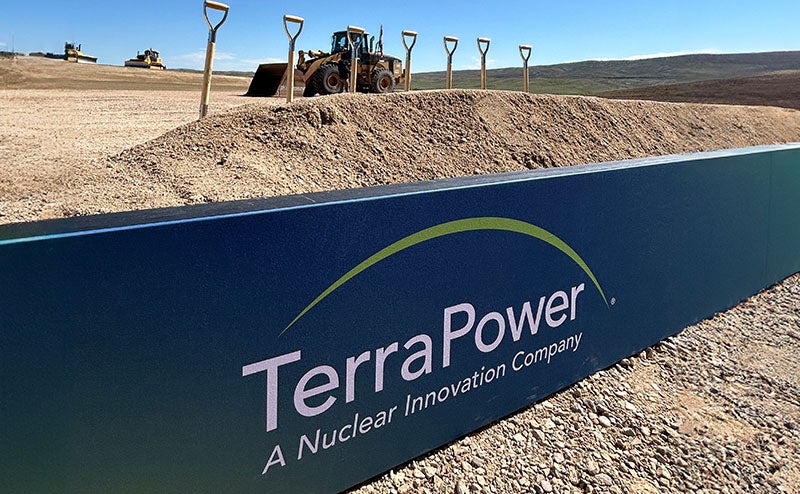When more teachers have the tools they need to reach their students and teach math in a way that resonates, I’m confident that more of their students will graduate with a love of math just like mine.
Today I was honored to be one of the speakers at the Leaders Summit on Climate hosted by President Biden. The president brought leaders from around the world together (virtually) to talk about some of the most important challenges in climate change, including reducing emissions, financing new ideas, and creating jobs during the transition to a clean-energy economy.
It was a great way to build momentum for the big United Nations conference on climate change—known as the COP26—that will take place in November in Glasgow, Scotland.
I took the opportunity to talk about the three things we need to do to avoid a climate disaster. Here’s the text of my remarks.
Leaders Summit on Climate
April 23, 2021
It’s an honor to be here with all of you today.
I especially want to thank President Biden and Secretary Kerry for re-establishing America’s leading role on climate change.
This is a promising moment. Climate activists—and young people especially—are bringing amazing energy and attention to this issue. They are demanding action, and rightly so. And governments around the world are meeting those demands with ambitious commitments: in Paris six years ago, here today, and again in Glasgow later this year.
But climate change is an incredibly complex issue—and using today’s technology, it will be virtually impossible to meet our goals. The reason is that nearly all of today’s zero-carbon technologies are more expensive than their fossil-fuel counterparts. To provide all the benefits of the modern lifestyle to people around the world, we need new zero-carbon products that are just as affordable—that have what I call a Green Premium of zero.
It will be hard to create those products, but we can do it—if we invest in innovation and build the infrastructure for the transition to a clean economy.
This will require doing three things at once. First, we need to develop and deploy breakthrough technologies that allow us to eliminate emissions throughout the physical economy.
Second, we need to tap the power of markets to fund and deploy these innovations— for example, by finding creative ways to finance technologies, and by leveling the playing field so they can compete with fossil fuels.
Third, governments and corporations need to adopt policies that will make it faster and cheaper to make the transition, and leaders will need to reward those who take difficult steps.
To accomplish these three things, international cooperation will be essential. Mission Innovation is one exciting example of governments working together to expand and coordinate their investments in clean-energy research.
I am also working with partners on an exciting new program we call Breakthrough Energy Catalyst. It will raise money from governments, philanthropy, and companies to make the large capital investments needed to bring down the cost of emerging technologies. By taking steps like this to create the financing structures that will allow green products to succeed, we can build new industries and companies that support communities around the world with good jobs while making the transition to a clean economy. I hope to work with many of you here today on this endeavor.
Finally, even as we focus on innovation to prevent a future disaster, we have to address the impacts of climate change that are already baked in. That means accelerating agricultural innovation so that subsistence farmers can withstand the shocks that come with more unpredictable weather. The United Arab Emirates, United Kingdom, and United States are announcing a new initiative on this topic today, and they’re inviting other countries to join their growing coalition in support of these goals.
If we take all these steps together, I believe we can avoid a climate disaster.
Thank you.





